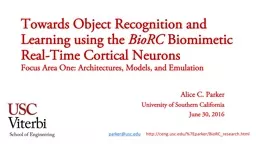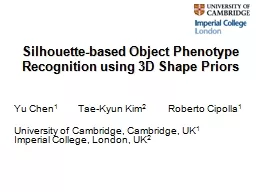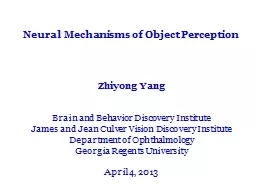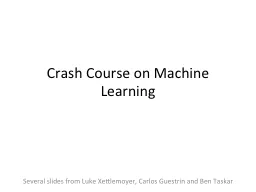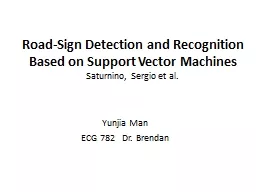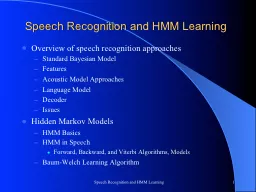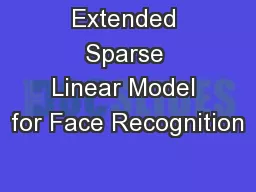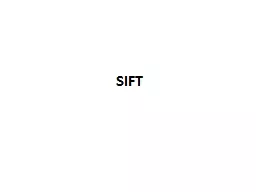PPT-Towards Object Recognition and Learning using the
Author : lindy-dunigan | Published Date : 2018-10-06
BioRC Biomimetic RealTime Cortical Neurons Focus Area One Architectures Models and Emulation Alice C Parker University of Southern California June 30 2016 parkeruscedu
Presentation Embed Code
Download Presentation
Download Presentation The PPT/PDF document "Towards Object Recognition and Learning..." is the property of its rightful owner. Permission is granted to download and print the materials on this website for personal, non-commercial use only, and to display it on your personal computer provided you do not modify the materials and that you retain all copyright notices contained in the materials. By downloading content from our website, you accept the terms of this agreement.
Towards Object Recognition and Learning using the: Transcript
Download Rules Of Document
"Towards Object Recognition and Learning using the"The content belongs to its owner. You may download and print it for personal use, without modification, and keep all copyright notices. By downloading, you agree to these terms.
Related Documents

